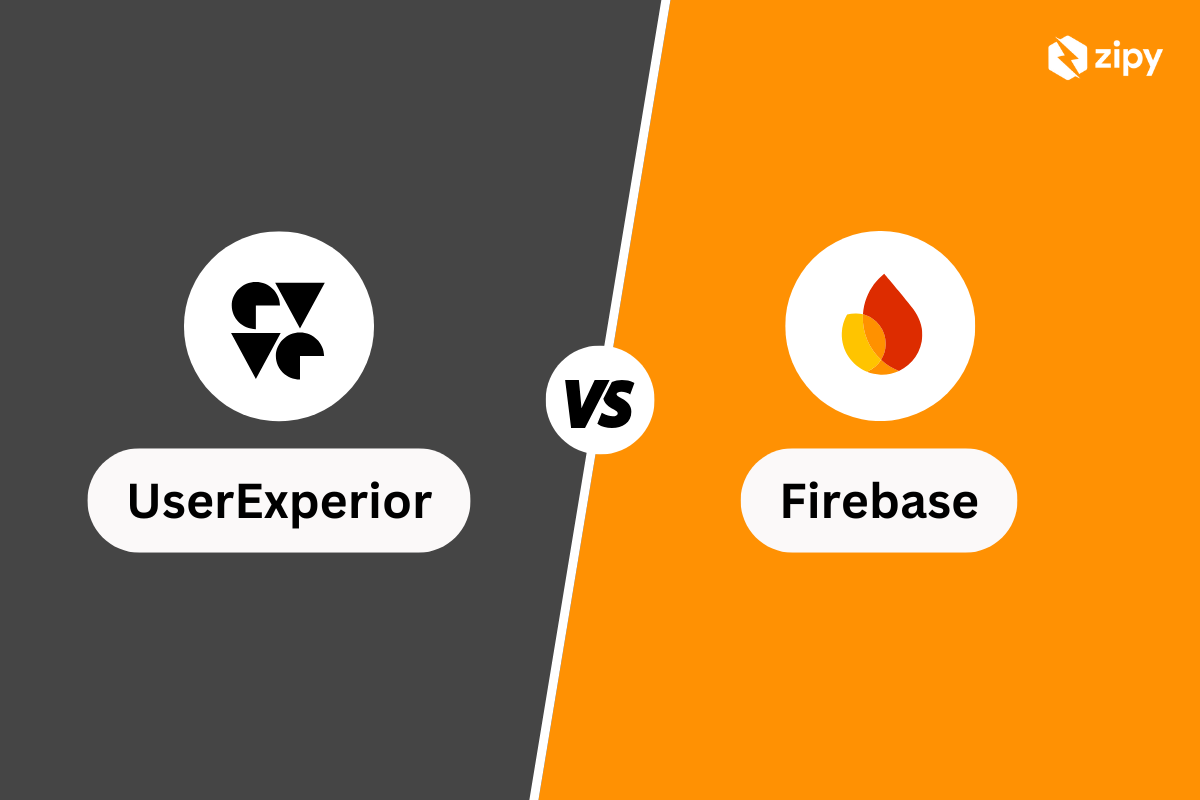Introduction
In the dynamic world of JavaScript development, encountering errors is a rite of passage for every developer. Among these, eval errors can be particularly perplexing. These errors occur when the JavaScript eval() function encounters issues executing a string of code. This article demystifies JavaScript eval errors, providing seasoned developers with insights and solutions for debugging. Our journey will take us through practical scenarios, showcasing how to correct these errors and enhance our code's resilience.
Catch errors proactively with Zipy. Sign up for free!
Try Zipy now
Understanding Eval Errors in JavaScript
The eval() function in JavaScript evaluates or executes an argument. If the argument is an expression, eval() evaluates the expression. If the argument is one or more JavaScript statements, eval() executes the statements. However, this flexibility comes with its pitfalls, leading to eval errors. These errors can range from syntax errors within the evaluated code to more complex scope and security issues.
Scenario 1
Error code
var obj = { a: 20, b: 30 };
var result = eval('obj.a + obj.b');
console.log(result);
Corrected code
var obj = { a: 20, b: 30 };
var result = eval('obj.a + obj.b'); // Corrected: Ensured that obj is defined in the scope where eval is called
console.log(result);
Solution Summary
In this scenario, the error might occur if obj is not accessible in the scope where eval() is called. Ensuring that variables referenced within the eval() string are accessible in its scope is crucial.
Scenario 2
Error code
eval("console.log('Hello World'");
Corrected code
eval("console.log('Hello World')"); // Corrected: Fixed the missing parenthesis
Solution Summary
The error in this scenario was due to a syntax error—a missing parenthesis. It highlights the importance of validating the syntax within the string passed to eval().
Scenario 3
Error code
var userRole = "admin";
eval("if (userRole = 'user') console.log('Access denied');");
Corrected code
var userRole = "admin";
eval("if (userRole === 'user') console.log('Access denied');"); // Corrected: Used === to ensure a comparison rather than an assignment
Solution Summary
This example illustrates a common pitfall: using a single equals sign (=) instead of the triple equals sign (===) for comparison. This mistake results in an assignment rather than a comparison, leading to unexpected behavior.
Handling Eval Errors in JavaScript
Debugging eval errors in JavaScript demands a keen eye for detail and an understanding of the code's context. Always verify the syntax of the code being evaluated and ensure that variables and functions referenced are in scope. Additionally, consider alternatives to eval() when possible, as its use can lead to security vulnerabilities and performance issues.
Proactive Error Debugging with Zipy
Tackling runtime JavaScript errors, including eval errors, becomes significantly more manageable with tools like Zipy. Zipy's proactive error monitoring and session replay capabilities allow developers to diagnose and understand errors in real-time, facilitating a smoother debugging process.
Debug and fix code errors with Zipy Error Monitoring.
Sign up for free
Conclusion
While eval() can be a powerful tool in JavaScript, it requires careful handling to avoid errors. Understanding the common pitfalls and learning to debug them efficiently is essential for any JavaScript developer. Tools like Zipy can further empower developers to maintain robust and error-free applications.
Resources on how to debug and fix Javascript Errors
- 20 everyday Javascript errors you should know: A guide on how to fix Javascript errors
- Master JavaScript Debugging: Strategies and Best Practices
- 10 best Javascript debugging tools
- JavaScript debugger for JS error monitoring and tracking
- How to handle Javascript Syntax Errors?
- How to handle Javascript Reference Errors?
- How to handle Javascript Type Errors?
- How to handle Javascript Range Errors?
- How to handle Javascript URI Errors?
- How to handle Javascript InternalError?
- How to handle Javascript DOMException?
- How to handle Javascript Promise Rejection?
- How to handle Javascript Event Handling Errors?
- How to handle Javascript AJAX/HTTP Errors?
- How to handle Javascript Unhandled Promise Rejection?
- How to handle Javascript ReferenceError (non-local)?
- How to handle Javascript TypeError (non-constructor)?
- How to handle Javascript TypeError (readonly property)?
- How to handle Javascript TypeError (non-extensible object)?
- How to handle Javascript TypeError (assignment to constant)?
- How to handle Javascript TypeError (function not callable)?
- How to handle Javascript TypeError (invalid array length)?
- How to handle Javascript TypeError (non-object property access)?
Frequently Asked Questions
How can I avoid eval errors in JavaScript?
Ensure that the code being evaluated is syntax-error-free and that all variables and functions are accessible in the evaluation scope.
What are the alternatives to using eval() in JavaScript?
Consider using Function constructors for dynamic function generation or JSON for safely parsing data strings.
Is eval() in JavaScript dangerous?
Yes, if used improperly, eval() can lead to security vulnerabilities such as code injection attacks.
Why is my eval() code not executing as expected?
Ensure there are no syntax errors in the string passed to eval() and that all referenced variables and functions are defined.
Can eval() impact the performance of my JavaScript application?
Yes, eval() can slow down your application because it forces the JavaScript engine to switch from execution to parsing and back.
Key takeaways
- Always validate the syntax of strings passed to
eval()to avoid eval errors in JavaScript. - Ensure scoped variables and functions are accessible where
eval()is called. - Use triple equals (
===) for comparisons withineval()strings to prevent unintended assignments. - Consider alternatives to
eval()to enhance security and performance.
.svg)





.png)
.png)




.webp)